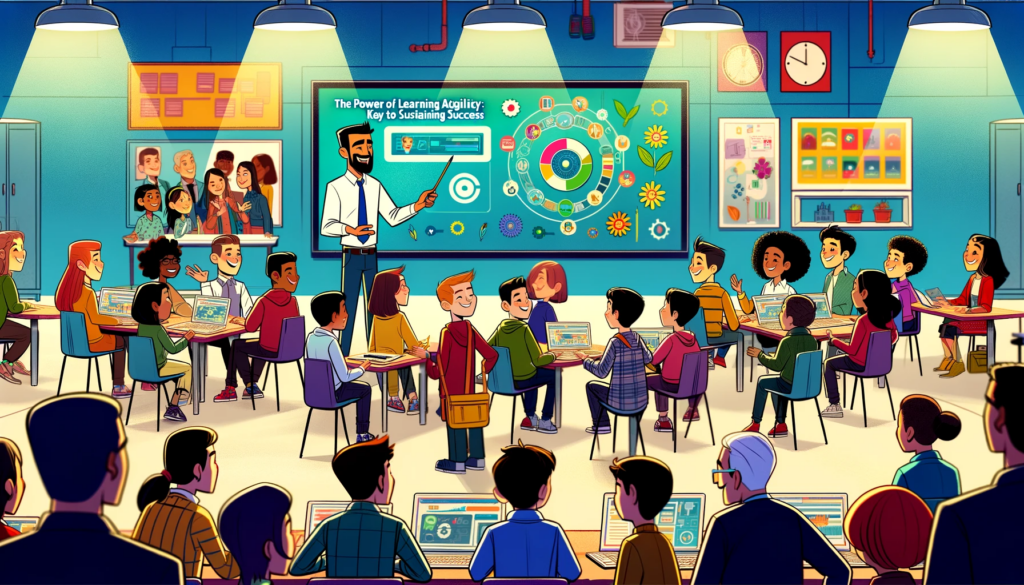
In the vast expanse of life and career, the journey often unfolds in ways we least expect. The quote, “No battle was ever won according to plan, but no battle was ever won without it,” attributed to Dwight D. Eisenhower, captures a profound truth applicable not only to military strategy but also to the challenges and aspirations we face in our personal and professional lives. This statement embodies the essence of planning and adaptability, two indispensable tools in our arsenal as we navigate the unpredictable waters of life and career.
The Essence of Planning
Planning is the compass that guides us through the fog of uncertainty. It involves setting goals, envisioning a path forward, and preparing for the known and the unknown. In the context of a career, planning might mean setting clear professional objectives, acquiring necessary skills, and building a network that supports your growth. Life planning could involve setting personal goals, such as financial stability, health, and relationships, and working systematically towards them.
The act of planning instills a sense of direction and purpose. It forces us to articulate what we want to achieve and to consider the steps necessary to get there. However, the true power of planning isn’t just in the creation of a plan itself, but in the planning process. This process encourages us to think critically, anticipate challenges, and prepare contingencies. It’s about equipping ourselves with the foresight and flexibility to adjust our sails when the wind changes direction.
The Inevitability of Change
As Eisenhower’s quote subtly hints, the battlefield of life is unpredictable. Despite our best-laid plans, we often encounter unforeseen challenges and opportunities that demand flexibility and resilience. Economic downturns, industry shifts, personal crises, and unexpected opportunities are just a few examples of the variables that can throw our plans off course.
This unpredictability is not a flaw of planning but rather an inherent aspect of life. The true test of our planning is not whether we can adhere rigidly to our initial plan, but how well we can adapt to these changes. Adaptability, therefore, becomes a crucial skill. It’s about having the agility to make informed decisions in the face of new information, the resilience to withstand setbacks, and the creativity to find new pathways towards our goals.
Planning as a Foundation for Adaptability
The relationship between planning and adaptability is not contradictory but complementary. A well-crafted plan provides a strong foundation from which to adapt. It’s akin to setting off on a voyage with a map and a destination in mind, while being prepared to navigate around storms and explore unforeseen islands along the way. The initial plan provides direction and purpose, while adaptability allows us to navigate the inevitable challenges and opportunities that arise.
In our careers and lives, this means being proactive in our planning—setting clear goals, anticipating challenges, and preparing for various outcomes. At the same time, it requires us to stay alert, open-minded, and responsive to the changing landscapes around us. This dual approach empowers us to pursue our goals with determination and flexibility, maximizing our potential for success and fulfillment.
Conclusion
The journey through life and career is an ongoing series of battles, each with its own challenges and opportunities. Eisenhower’s wisdom reminds us that while no battle was ever won according to plan, the act of planning is indispensable to victory. It is the synergy of planning and adaptability that enables us to navigate the uncertainties of life with confidence and grace. As we forge ahead, let us embrace the power of planning not as a rigid blueprint, but as a living, breathing strategy that evolves with us—fueling our growth, resilience, and ultimately, our success



